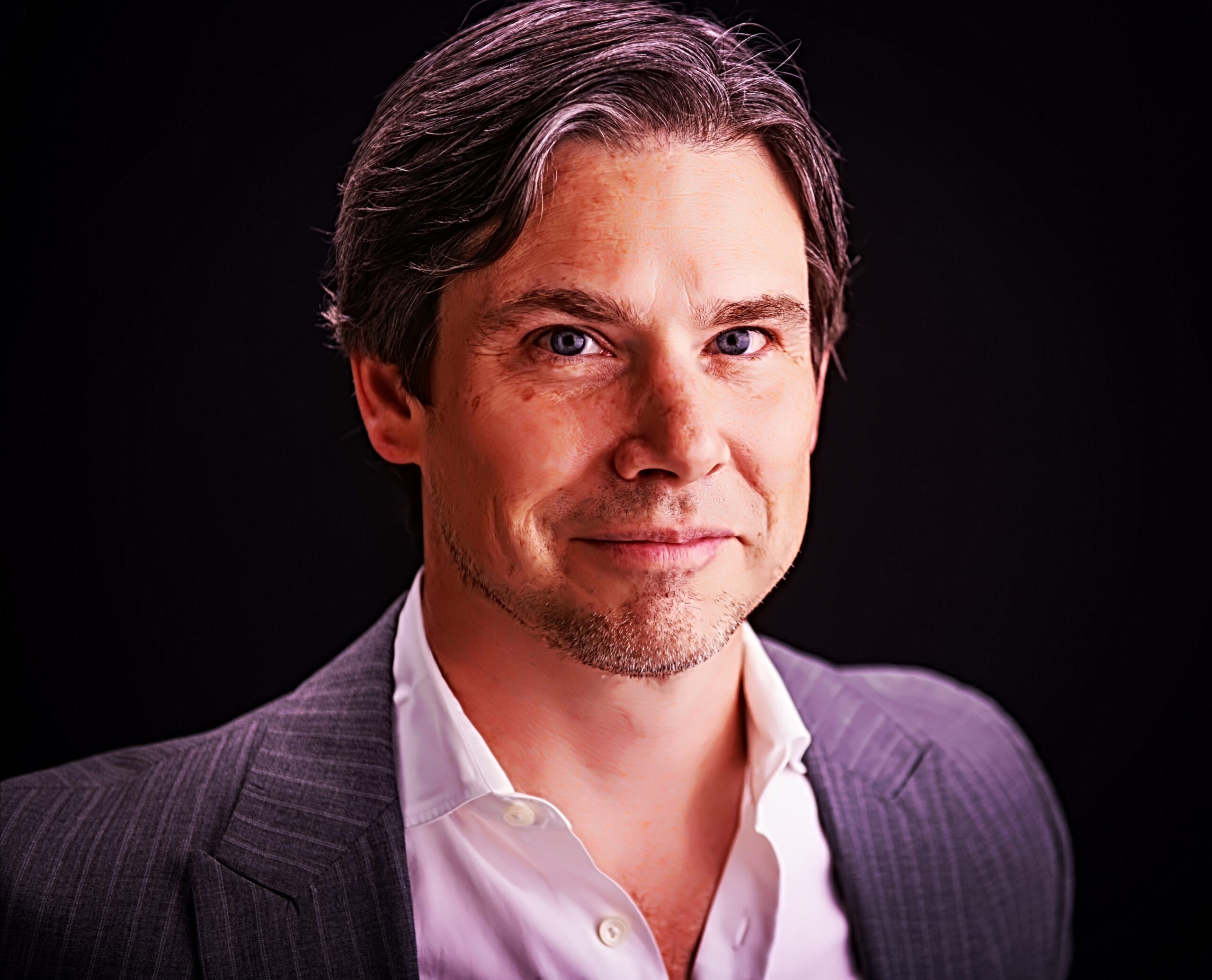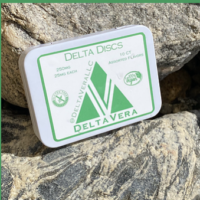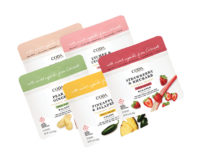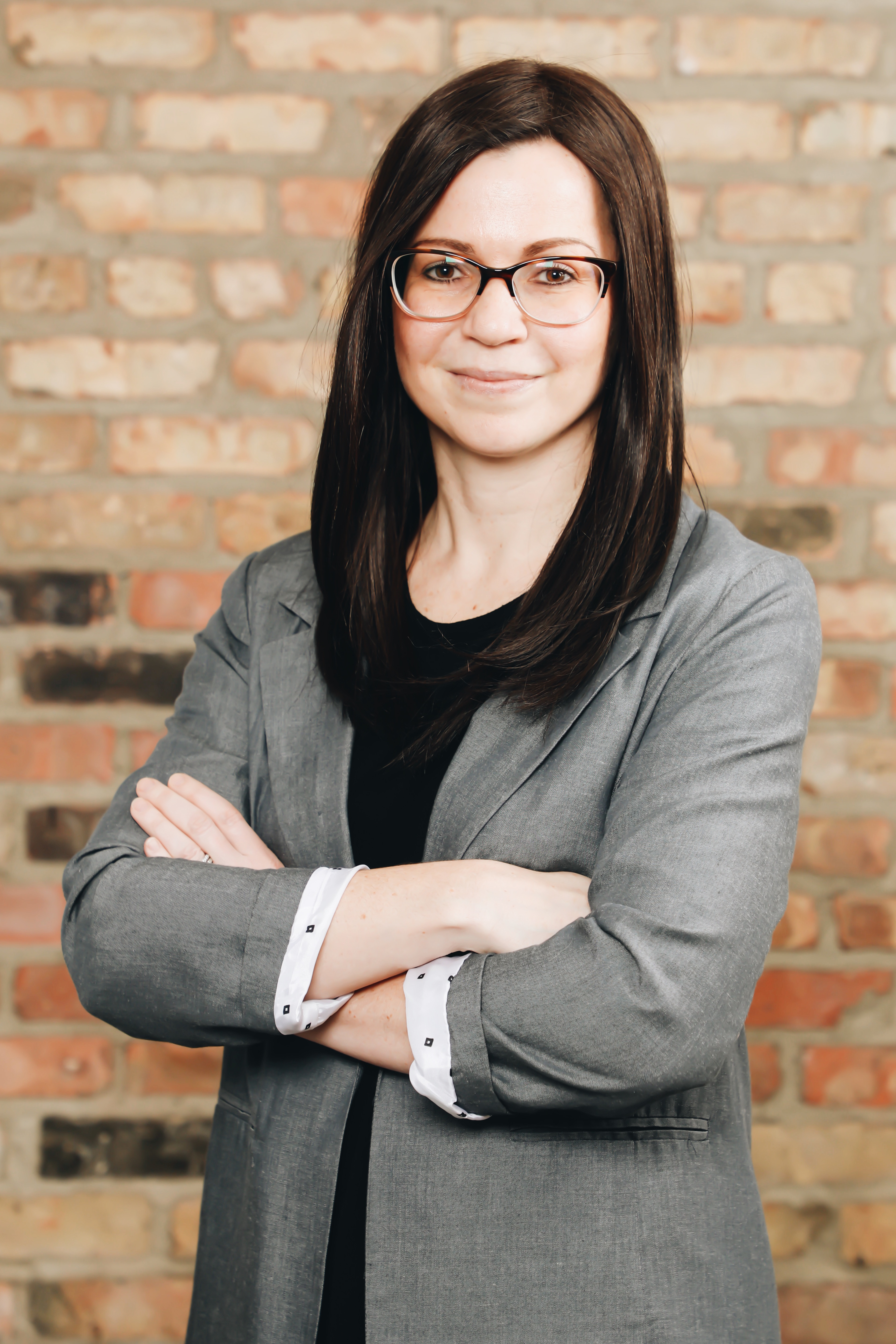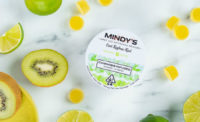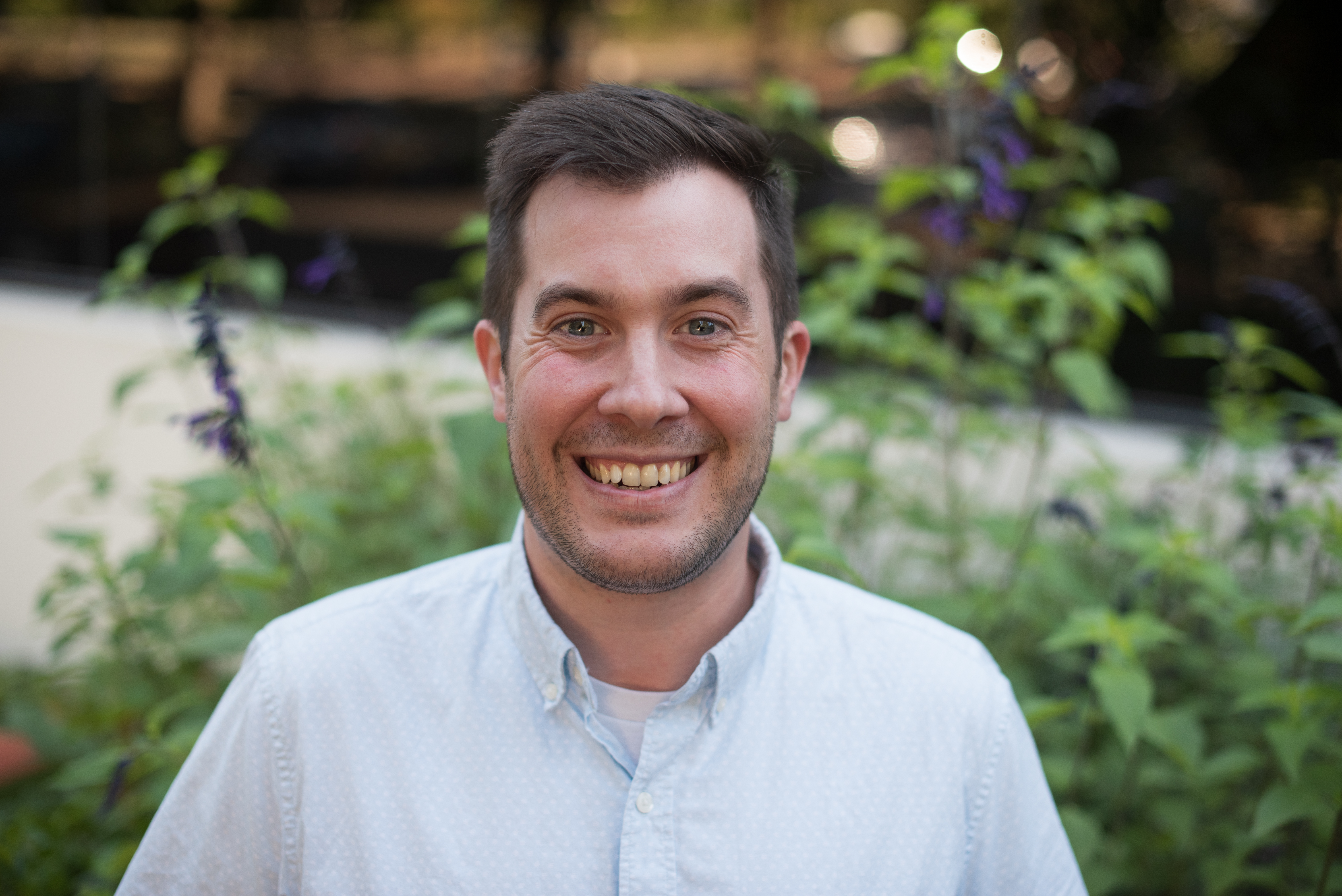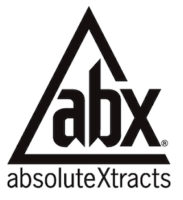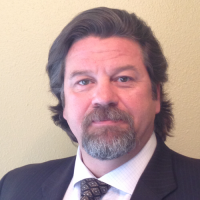The global vitamin supplement market is projected to grow at 6.2% compound annual growth rate (CAGR) to $71.37 billion by 2028 with the most rapid growth now occurring in the gummy vitamin segment. Gummy supplements are expected to have the fastest CAGR at 12.6% to exceed $33 billion by 2028. Initially developed for youths, gummies are now preferred by all age segments as an alternative to tablets, capsules and pills.
As one might expect, cannabidiol (CBD) gummies are also projected to grow rapidly at a 30.7% CAGR to $13.9 billion by 2028. In terms of actual number of CBD gummies produced last year, a rough estimate would be at least 1.7 billion. For perspective that equates to 53 gummies produced every second, 24 hours a day, 365 days per year. One might reasonably ask, “So where do all these gummies come from?” and “Who makes them and under what conditions and quality assurance standards?”
There is no short answer to these questions nor confidence that all cannabinoid gummies are manufactured with adherence to a minimum set of safety and quality standards. Gummy recipes and ingredients are readily available online and there is no shortage of hobbyists who make small batches for family, friends and to sell at retail pop-ups and farmers’ markets. There are a number of well-known brands that started out in home kitchens and garages. In terms of production scale, on the other end of the spectrum are companies like Bloomios, Inc. (OTCQB: BLMS), that operates a 51,000-square-foot Current Good Manufacturing Practices (cGMP) compliant facility in Florida.
The Hobbyists

For the hobbyist producer, they often begin to scale out of their home kitchen and take over part of their garage or basement and while the entrepreneurial spirit is admirable, most consumers wouldn’t be comfortable with their pharmaceuticals, supplements or even grocery items being manufactured under these conditions which often lack:
- Rigorous sanitary practices
- Measures to mitigate contaminants entering the production areas
- Quarantine, chain-of-custody audit and testing of active ingredients used in production
- Standardized and rigorous quality assurance testing of finished product
- Certificate of Analysis (COA) for active ingredients in finished product for certainty of dosage levels
- Labeling and packaging standards to ensure product information and volumes are correct
- Batch record data collection, retention and audit procedures.
However, the hobbyists constitute only a very small fraction of gummy production today, and they typically take great pride in their work and show a high degree of care in production practices. Thus, when demand begins to outpace the artisanal home production capacity, many growing brands turn to contract manufacturers to assist with scaling the production side while the brand focuses on the sales, marketing and distribution side of the business. This is an ideal solution as high quality product can be produced at volume in cGMP facilities which enhances the consumer experience, confidence in the product and further grows brand value. This is a best-case scenario of small emerging brands that care deeply about their reputations and their customers’ experience scaling production and growing responsibly.
The Opportunists
The real underbelly of commercial gummy production is characterized by the pure profit seeking producers that set up semi-permanent production lines in flex-industrial spaces not suitable for food handling, with limited buildout for isolation of each production stage. This process includes: materials storage, weight/measures prep, ingredient mixing, molding, dehydration, coating, sorting and filling, labeling and finish packaging. Lacking cGMP compliant facilities and practices, they neglect or fail entirely to maintain batch records, COAs or chain-of-custody practices and have limited ability to address defective product once in the stream of commerce. Let’s refer to these manufacturers as the “Opportunists.”
Opportunists see the current cannabinoid gummy market for what it is. It is an emerging market really taking form only since the 2018 Farm Bill legalized hemp derived cannabinoids. As such it is very much in its “gold rush” phase with many of the participants having just entered the sector. Many participants have adopted ad hoc practices with no standardization and no explicit federal oversight because the FDA has yet to acknowledge any cannabinoids under its generally regarded as safe (GRAS) standard.
 In addition, the FDA has excluded CBD products from the dietary supplement definition of the Food, Drug and Cosmetics (FD&C) Act. Under the FD&C Act, if a substance is an active ingredient in a drug product that has been approved or has been authorized for investigation as a new drug, then products containing said substance are excluded from the definition of dietary supplement. So far cannabinoid gummy demand has continually outstripped supply supporting attractive margins and with little oversight. The Opportunist mindset has focused on maximizing profits while they can before regulation increases costs, compresses margins and reduces profits.
In addition, the FDA has excluded CBD products from the dietary supplement definition of the Food, Drug and Cosmetics (FD&C) Act. Under the FD&C Act, if a substance is an active ingredient in a drug product that has been approved or has been authorized for investigation as a new drug, then products containing said substance are excluded from the definition of dietary supplement. So far cannabinoid gummy demand has continually outstripped supply supporting attractive margins and with little oversight. The Opportunist mindset has focused on maximizing profits while they can before regulation increases costs, compresses margins and reduces profits.
The Opportunists have more cover to seek profit maximization as opposed to incurring the cost of setting up cGMP facilities and adhering to rigorous standards due to the fact that the brands consumers recognize are often manufactured by one or more third-party contract manufacturers. Some brands also want to maximize near-term profits and manufacturers with a lower cost structure can more effectively compete on price as opposed to quality.
As demand surges, some brands will supplement their third-party cGMP produced product with additional product sourced from Opportunists and “recycle” the valid COAs from their cGMP product without the cGMP manufacturer or consumers even knowing. With lax regulatory oversight, these brands are inclined to look the other way on their contract manufacturer’s production practices so long as the large volume orders are delivered on time and at lower cost.
 For gummies produced by Opportunists, if there are product defect issues, the consumers likely won’t be able to rely on the batch record data and purported COAs linked to/from QR codes on the container, many of these COAs have been recycled from legitimate batches or simply doctored up and reproduced rather than generated on a per batch basis. There is limited to no audit trail and recalls are unlikely to be effective, if even initiated. A refund is the most likely solution a consumer has which leaves perhaps a much larger run of defective product in the market still unaddressed. Moreover, brands that suffer reputational harm due to quality issues can simply launch a substitute brand with a similar look through its same distribution channels and maintain much of its market share.
For gummies produced by Opportunists, if there are product defect issues, the consumers likely won’t be able to rely on the batch record data and purported COAs linked to/from QR codes on the container, many of these COAs have been recycled from legitimate batches or simply doctored up and reproduced rather than generated on a per batch basis. There is limited to no audit trail and recalls are unlikely to be effective, if even initiated. A refund is the most likely solution a consumer has which leaves perhaps a much larger run of defective product in the market still unaddressed. Moreover, brands that suffer reputational harm due to quality issues can simply launch a substitute brand with a similar look through its same distribution channels and maintain much of its market share.
Best Practices
If today’s CBD gold rush sounds much like the Wild West, you would be correct. However, as more consumers become aware of cannabinoids’ health and wellness benefits in addition to the recreational uses, this larger and more diverse consumer base is raising the bar and demanding more transparency and certainty on manufacturing practices than ever before.
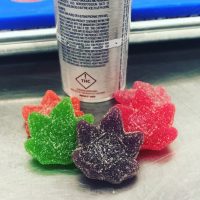
How are the leading cannabinoid nutraceutical manufacturers proactively addressing consumers’ desire for high quality, rigorously tested products manufactured in accordance with standards already imposed on mainstream nutritional supplement and prepared food manufacturers? Although the answer may be simple, the implementation and ongoing compliance is not.
The answer is voluntary adoption and compliance with the same regulations applicable to non-cannabinoid dietary supplement manufacturers. Given that the FDA has not recognized cannabinoids as dietary supplements quite yet, certain aspects of dietary supplement regulation can’t be adhered to such as notifying the FDA of structure/function claims as new products are brought to market or notice of new dietary ingredients. On the other hand, many of the regulations can and should be adhered to by cannabinoid nutraceutical manufacturers to ensure its safe, transparent orderly growth.
Chief among the FDA requirements that Bloomios and other leading manufacturers adhere to are:
- Register with the FDA as a food handling and production facility.
- Adopt Current Good Manufacturing Practices for dietary supplements which establishes uniform standards needed to ensure quality throughout the manufacturing process and verification of the identity, purity, strength and composition of their products.
- Undertake at least annually an independent third-party cGMP audit of their facility and procedures.
- Comply with Code of Federal Regulations (21 CFR 101.36) supplement label requirements to ensure that the ingredients list is accurate, and the content matches the amount declared on the label among other disclosures.
The most significant challenge in adopting all of the above best practices is cGMP facility qualification and ongoing compliance. The cGMP standards require specific facility build-out features, equipment, and of course standard operating procedures. There are significant additional costs to bring a cGMP facility on-line, additional time and required experienced personnel that can implement the operating procedures and recertification every time a production line’s configuration is changed or augmented with additional equipment.
Bloomios annual cGMP audit was conducted in August and over 130 specific requirements were evaluated and graded. While Bloomios passed the audit and evaluation, what is of far greater significance is that cGMP practices become part of a company’s culture so that these high standards are maintained year-round and not rushed into practice just for the audit.

